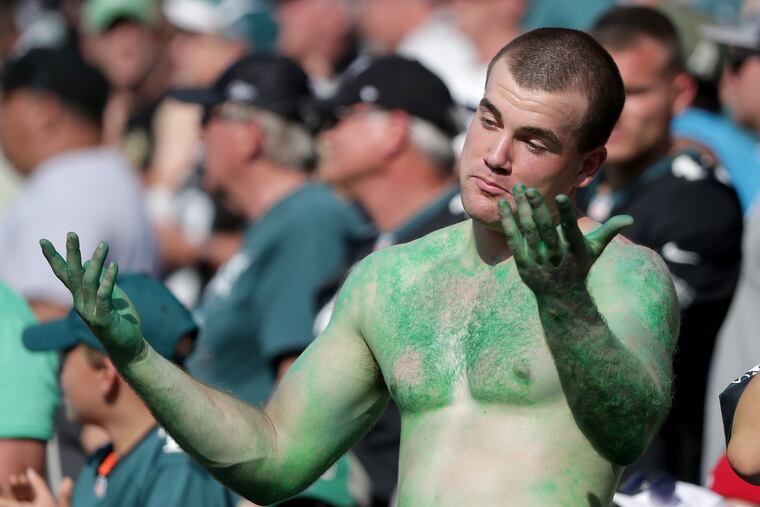‘Well-behaving’ Eagles, NFL fans could make it ‘relatively safe’ to return to games, says virologist | Marcus Hayes
The chief academic officer at Fox Chase Cancer Center, Dr. Glenn F. Rall, says sports can resume if we’re not reckless. Just cover your face, wash your hands, and don’t pick your nose.
